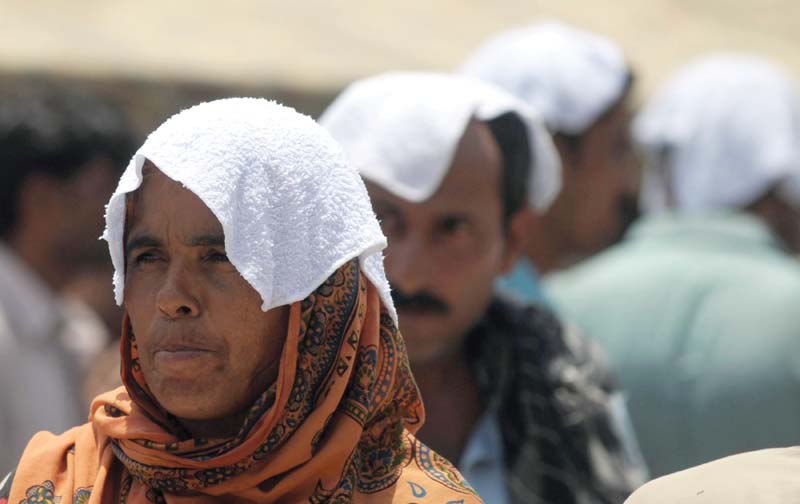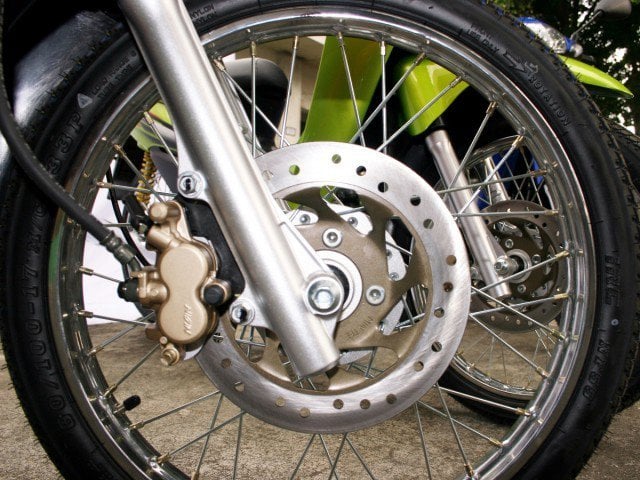
While earlier climate change was understood primarily as a buzzword used by charismatic leaders hoping to flex their intellectual prowess during high-profile world conferences, today the term is a lived reality for much of the developing world, as extreme weather conditions have slowly but surely altered the liveability of countries like Pakistan, which gradually transform into a cooking pot with the arrival of summers.
Recently, the National Disaster Management Authority (NDMA) released instructions regarding the impending heatwave expected to hit various districts of the country including Bahawalnagar and Rahim Yar Khan in Punjab and Umarkot, Tharparkar, Tando Allahyar, Matiari, and Sanghar in Sindh during the peak of the summer season, which falls during May and June.
“The effects of climate change are evident in the increasing frequency and intensity of the heatwaves which have hit Pakistan in recent years. The intensification of heatwaves as a result of climate change not only raises the risk of heat-related illnesses and fatalities, but also brings about secondary threats to the environment such as droughts, wildfires, and deteriorating air quality,” affirmed Mahr Sahibzad, Director General (DG) of the Pakistan Meteorological Department.
According to data obtained by the Express Tribune from NDMA, the maximum temperature for May is projected to be 48.1 degrees Celsius, accompanied by a humidity ratio of 71.72 per cent. Similarly, the maximum temperature is estimated to be 49.5 degrees Celsius with a relative humidity of 82.48 per cent in June, 48.5 degrees Celsius with the relative humidity in the air reaching 88.86 per cent in July and 48.63 degrees Celsius with the relative humidity potentially reaching 92.63 per cent in August.
Based on expert analysis, when the humidity level in the atmosphere hits 70 per cent and the temperature ranges between 40 to 50 degrees Celsius, the weather is deemed hazardous and in case the temperature exceeds 50 degrees, the situation becomes extremely perilous.
As per the Pakistan Meteorological Department's records, the highest temperature documented between 2007 and 2024 in Pakistan was 54 degrees Celsius, which was recorded in May 2017 in Turbat, Balochistan.
Although currently there is very little probability of temperatures surpassing 50 degrees Celsius in Pakistan, medical professionals from the Cleveland Clinic still warn that heat-related illnesses like heatstrokes can occur at any temperature above 40 degrees Celsius. A heat stroke may cause breathing problems, elevated heart rate and respiration, profuse sweating, nausea, vomiting, fainting episodes, intense headaches, dehydration, and hot, reddened skin.
“Therefore, it is highly recommended that people increase their fluid intake during the hot season to compensate for the lack of salts in the body. To stay hydrated, it is recommended to take oral rehydration therapy (ORS) or drink lemon water regularly. Moreover, people are advised to minimize outdoor exposure during extreme heat and take the necessary precautions such as using sunscreen, wearing sunglasses, and a cap before stepping out. Furthermore, covering your head and mouth with a wet cloth can provide additional protection from the heat of the sun. If a person starts feeling unwell, they should take a bath immediately and position a fan towards themselves to cool down their body temperature,” advised Professor Iftikhar Malik from the Services Institute of Medical Sciences.
Speaking to the Express Tribune on the matter, a spokesperson for the NDMA stated that in light of the hazards posed by the predicted heatwave, directives have been issued to all the concerned departments to make the necessary preparations.




1719211536-0/BeFunky-collage-(81)1719211536-0-165x106.webp)



















COMMENTS
Comments are moderated and generally will be posted if they are on-topic and not abusive.
For more information, please see our Comments FAQ